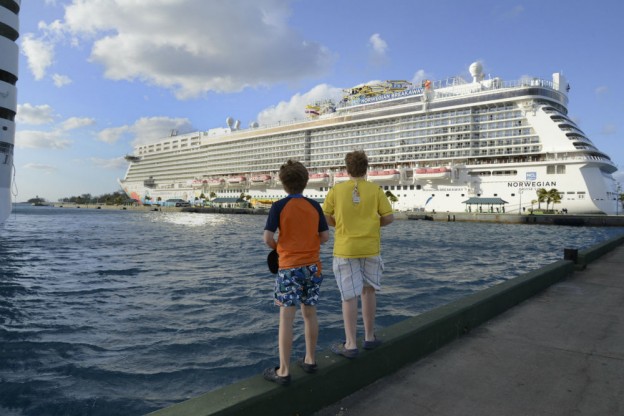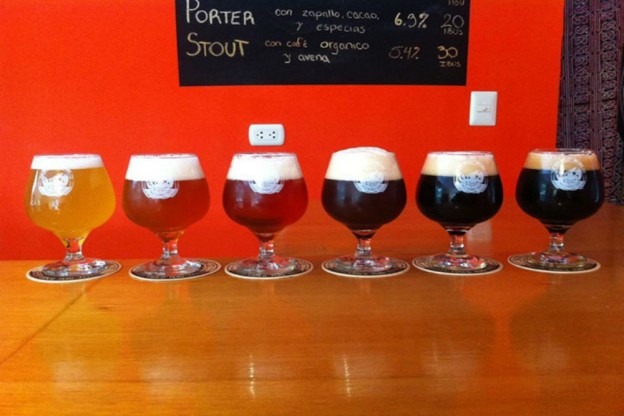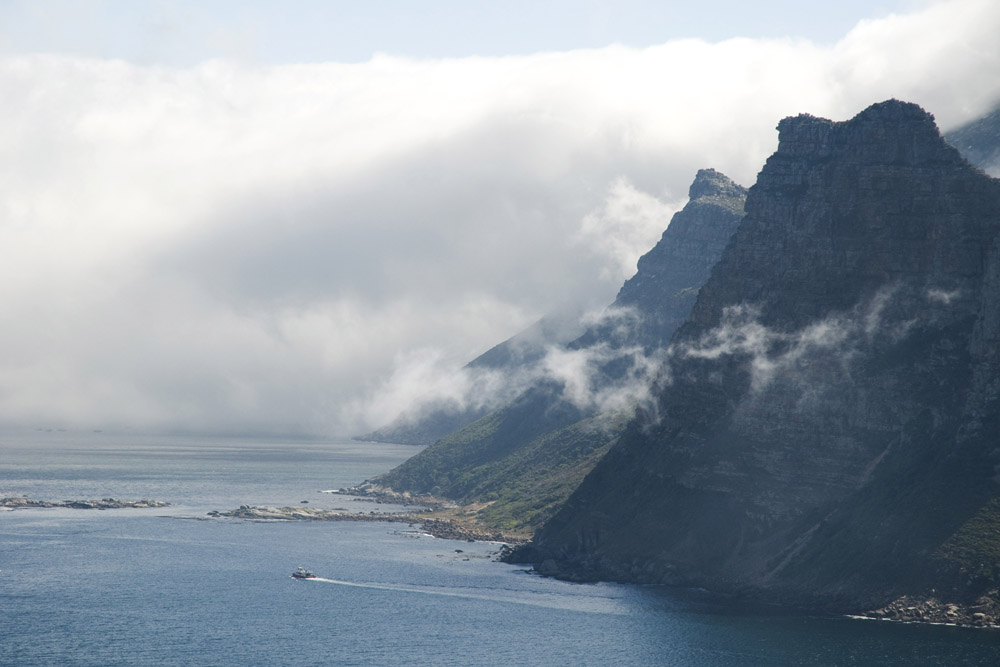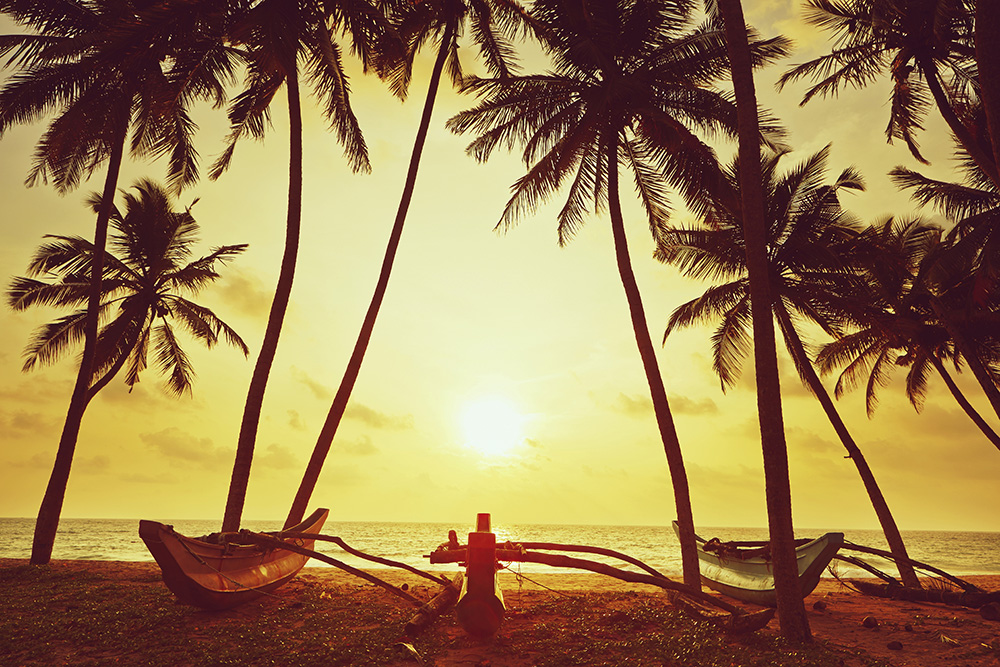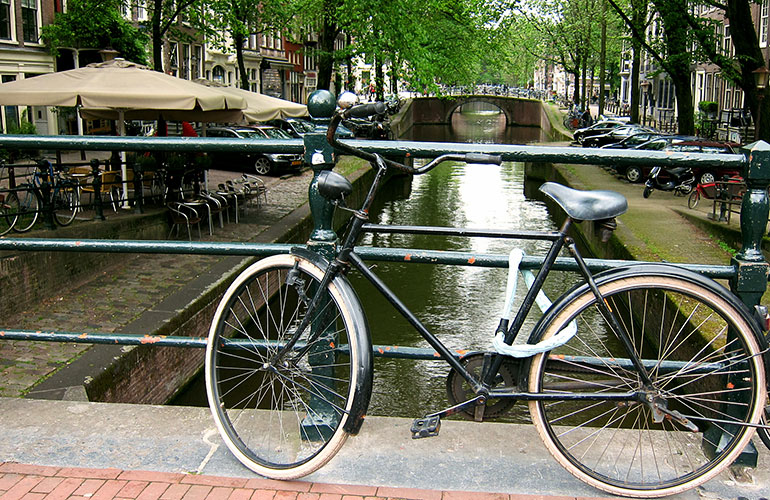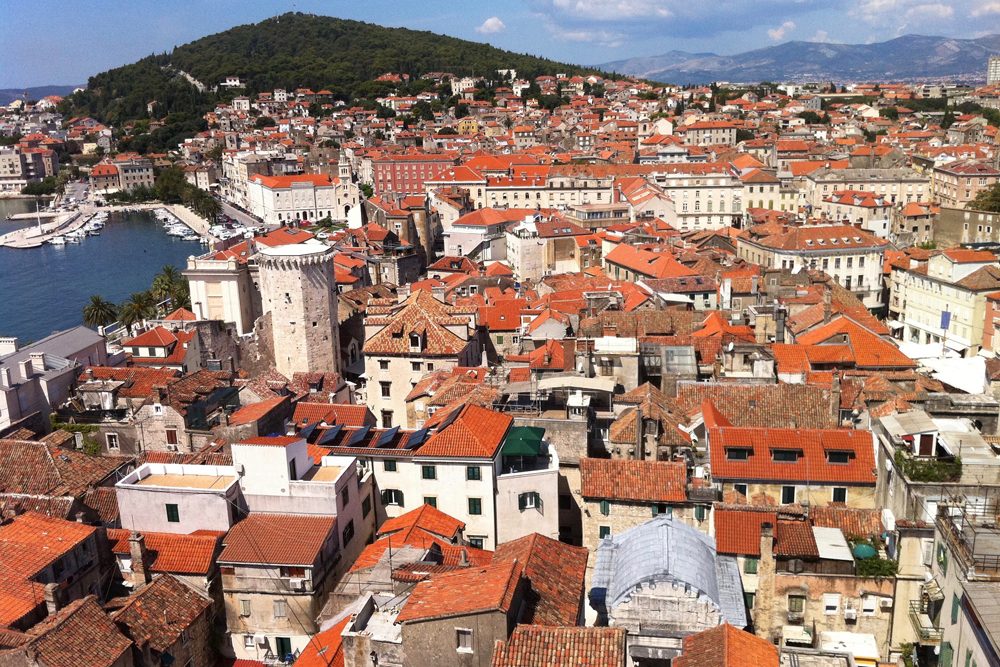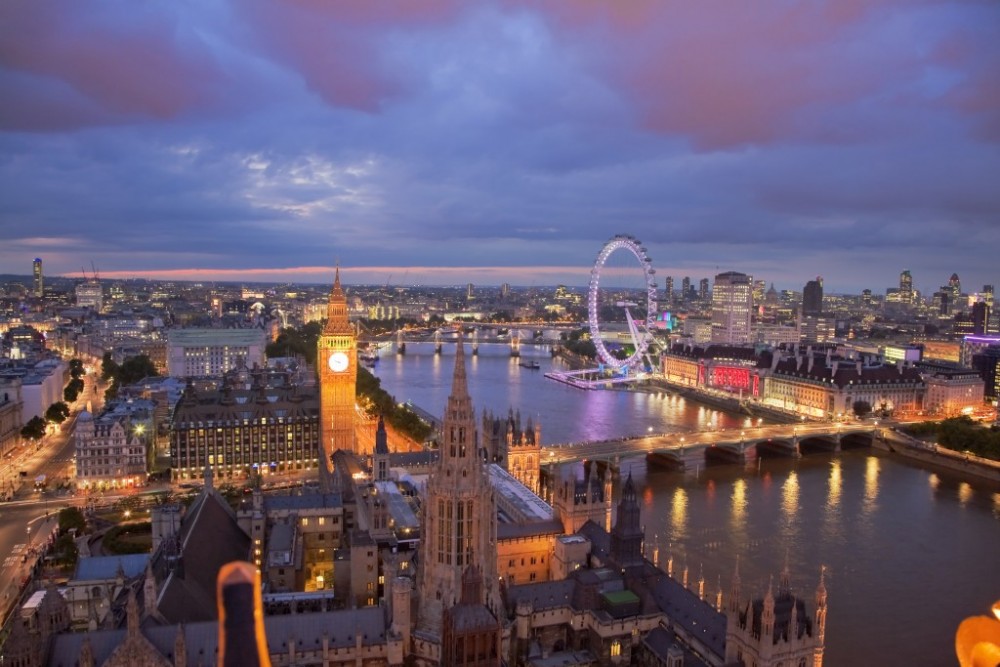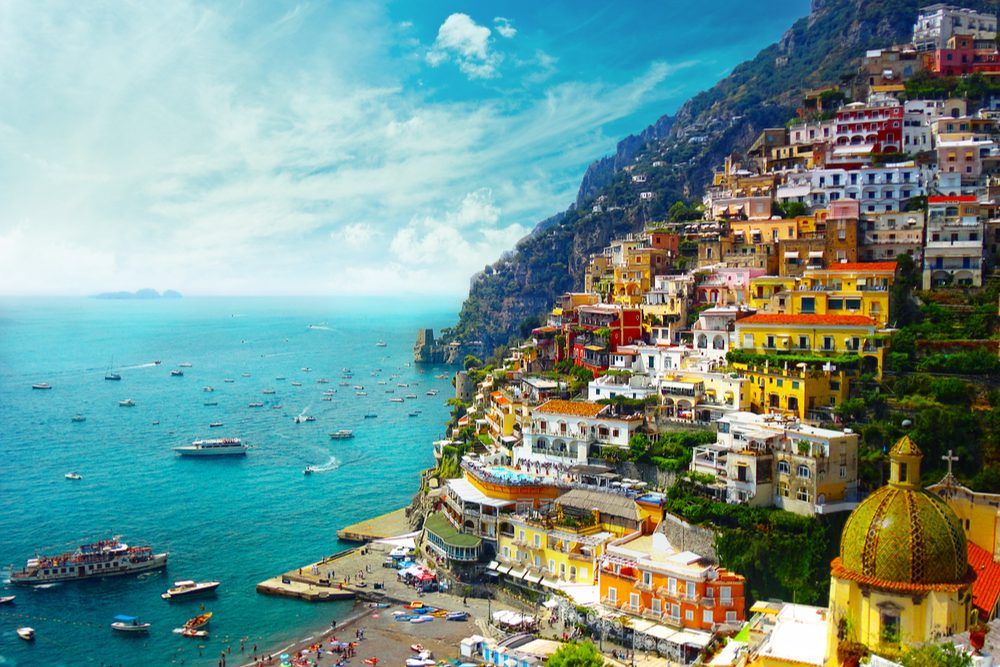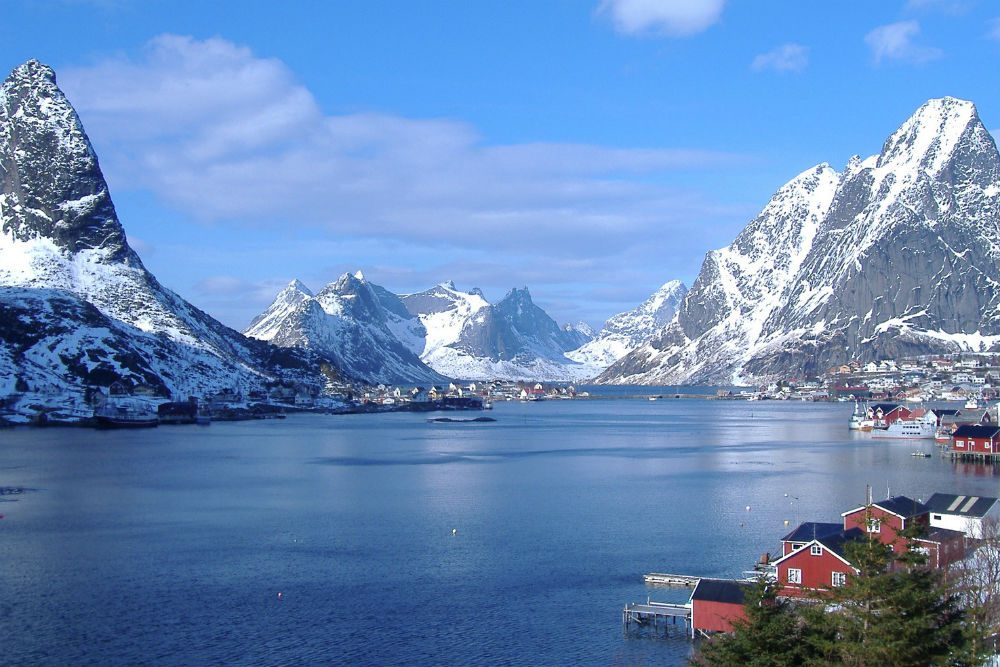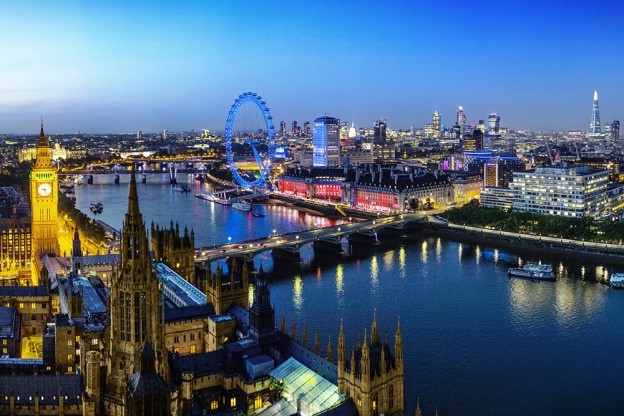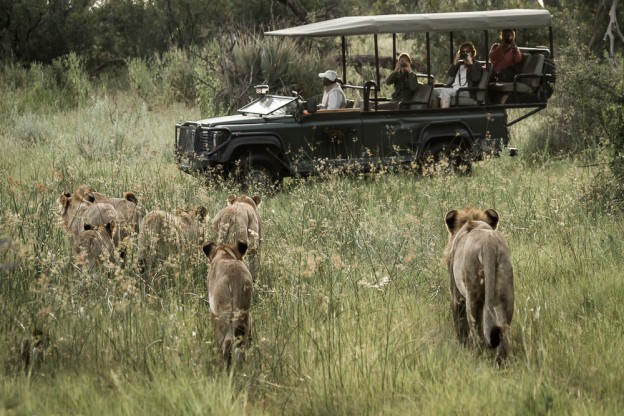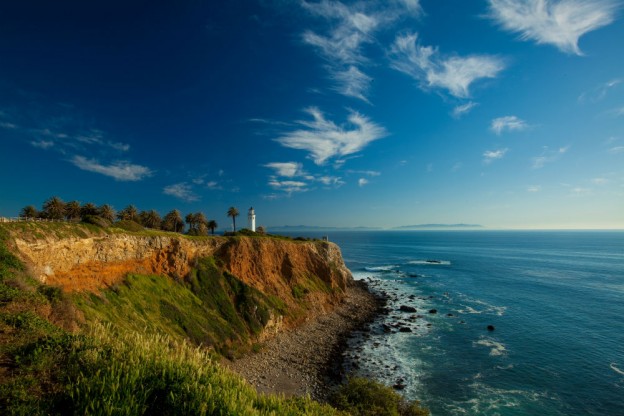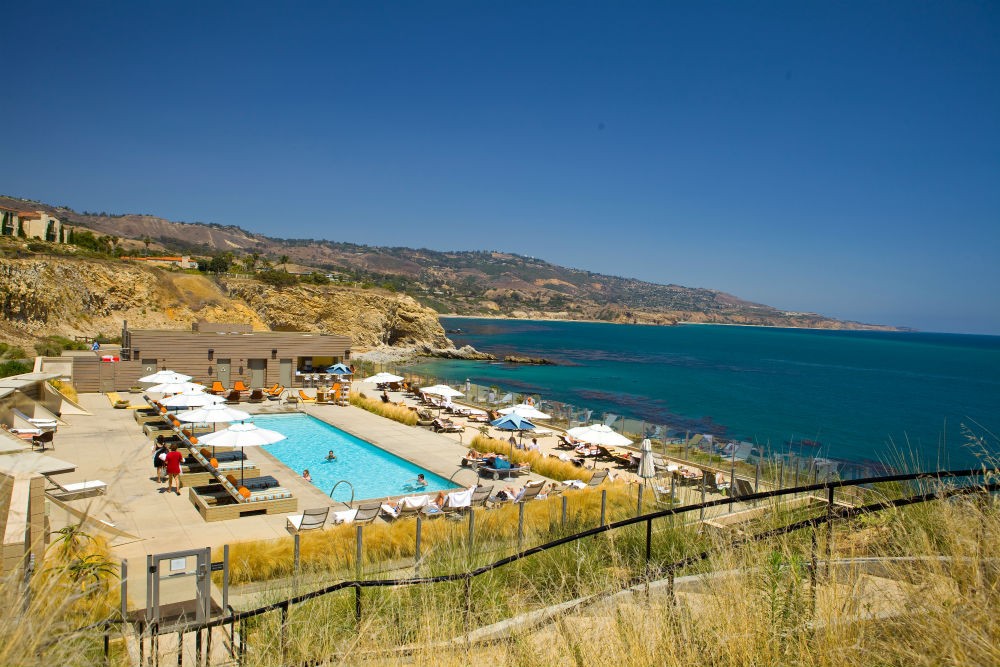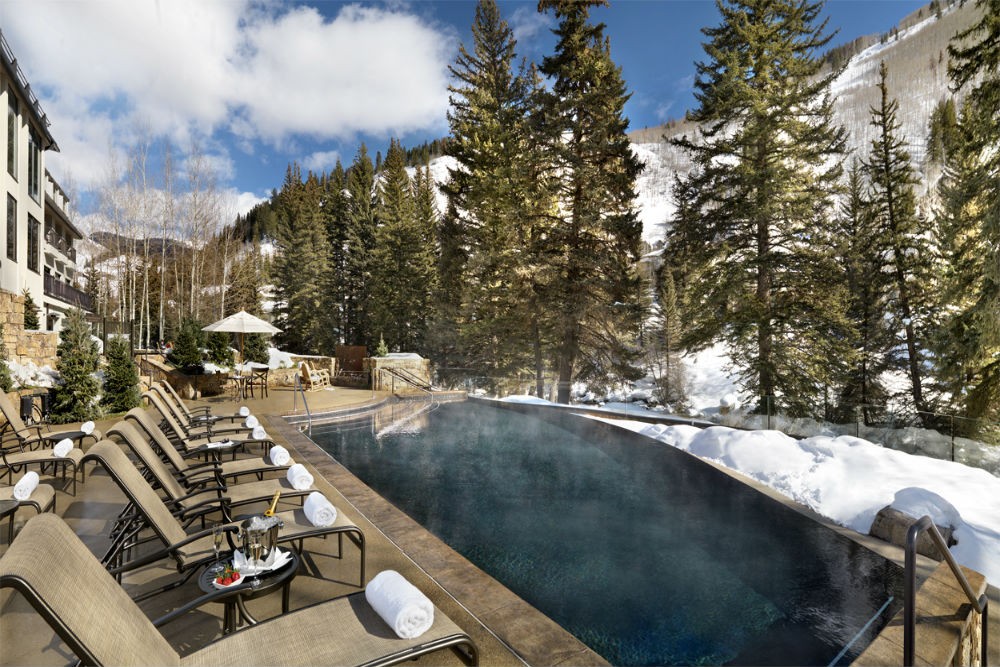European river cruises have grown so popular that often the only time you can get a cabin is low season. But is a low-season cruise worth doing? I’ve taken six European river cruises now—at different times of the year—so I thought I’d lay out for you the pros and cons of low season; how to choose the right ship, cabin, and week; and how to transform a low-season cruise from average to extraordinary. The photos are from my extraordinary Danube cruise from Budapest to Passau aboard Viking River Cruises’ Viking Alsvin in November 2014. The seven-day itinerary hit four countries: Hungary, Slovakia, Austria, and Germany.
The Pros and Cons of Low Season
Three Pros:
1. You pay less.
A cruise can cost $1,000 per person less in March, April, November, or December than in July or August. Airfare is lower too. Also, when the weather is cold, there’s no pressure to splurge on a balcony, since you won’t spend much time sitting on it. (I recommend a cabin with a “French balcony.” See below.)

These are the colors of low season. That’s Schönbühel Castle, in Austria’s Wachau Valley, near Melk.
2. River towns are less crowded.
In high season, river towns can be packed with cruisegoers. In low season, they’re delightfully empty.

In low season you needn’t fight crowds at famous sites—such as inside Melk Abbey’s famed library of 16,000 ancient books.
3. Holiday markets
Festive Christmas markets, which tend to run circa November 22 – December 24, make every port more charming and fun. I’ve now gone Christmas-market-hopping in Central Europe via rental car, train, and boat, and the latter is by far the easiest. (For the reasons why, plus photos and tips, see Europe’s Christmas Markets: How to Plan the Perfect Trip.)

Bratislava, Slovakia, is charming both with a Christmas market and without one—but it’s better with one.
Three Cons:
1. It’s nippy up on that observation deck.
My favorite place on a river ship is the top deck, where I can watch history glide by and try to sneak into the wheelhouse to chat up the captain. But it’s chilly and windy up there in March and December, with temps in the 30s and 40s. Then again, that’s nothing that the right outerwear won’t solve. Of course, you can always descend one deck to the indoor glass-walled observation lounge and enjoy the neverending free supply of hot chocolate and cappuccinos.

Passengers were bundled up as we passed the Hungarian Parliament Building in Budapest.
2. Your river photos will be grayer.
Compare the photos in this post—all shot on a Danube cruise in November—with those from my July 2014 cruise on the same stretch of river.

Dürnstein, Austria, November 2014: Misty but delightfully uncrowded.
3. Darkness falls early.
Fewer hours of daylight mean fewer hours for sightseeing. In November and December, it’s dark by 4:30 p.m. That’s no problem on a Christmas markets cruise, though; it’s a plus, in fact, since nighttime is when the markets light up and are at their most festive.

Here’s an example of the fun things you can do at night at a Christmas market. That’s my 10-year-old in Bratislava.
How to Choose the Right Ship, Cabin, and Week
Time it right.
I’m convinced I chose a great week of the year for my Viking cruise on the Danube: Thanksgiving. The Christmas Markets had just opened, the weather wasn’t too cold yet, the kids didn’t have to miss too many days of school, and the cruise fare was the lowest of the year. Fares for late-November 2015 start at about $1,760 per person for Viking, $1,900 for AmaWaterways, $2,500 for Uniworld, and $2,600 for Tauck. If you’re not going for Christmas markets, look for value in late April or early October.

Vienna’s holiday market at Michaelerplatz two days before Thanksgiving 2014.
Ask yourself what shipboard décor, ambience, and indoor creature comforts you’ll want.
Given the cold weather, you’ll be spending almost all your time on the ship indoors. Do you want to live in a plush palace? That’s the ambience you’ll find on Uniworld’s splendidly furnished ships. The S.S. Antoinette, for instance, is the Versailles of river ships and has an indoor cinema and an indoor pool. When it’s freezing outside, splurging on such cold-weather niceties may make sense. If your goal is to spend as much time as possible off the ship exploring, however, you may prefer to spend your money on experiences in port, rather than on shipboard bells and whistles you may never utilize. On my six European river cruises, I have never once watched a movie in my cabin, let alone in a cinema; I’ve been too busy watching the river.

This was my veranda stateroom on the Viking Alsvin—a little tight, but comfy, warm, and efficient.
Decide how important it is to you to have a second shipboard restaurant for gourmet dinners.
Uniworld and AmaWaterways ships have two restaurants: the main dining room, and an alternative small restaurant featuring special creations of the chef. If sitting down to a two-hour, four- or five-course dinner each night is your idea of Nirvana, those ships are for you. If you’re like me, though, you’re snacking on so many delicious local specialties onshore throughout the day (especially if you’re at Christmas markets) that when you get back to the ship, there’s barely room in your belly for one course, let alone five. What I and my family loved about our Viking longship was that we could skip the two-hour dinner in the main dining room and instead grab a quick, easy meal upstairs on the indoor/outdoor terrace—an express-dinner option that exists on few other river ships.

Here’s the dining room on the Viking Alsvin.
Think about whether you’ll want a heated indoor pool, a hot tub, a sauna, or spa treatments.
After traipsing around in the cold all day, such things can be nice. Some ships have them, some don’t. The Viking Alsvin has none of them. Which was fine with me because I’d rather spend my money, and my precious time in Europe, getting my pool-and-spa fix off the ship. So my family went to the legendary Gellert Baths in Budapest—which had all the local atmosphere we could have wanted.

The Gellert Baths in Budapest have a ton of local atmosphere.

The Gellert Baths’ pools beat a tiny river cruise ship’s any day.
Consider a cabin with a “French balcony.”
On ocean ships I’ve got to have a balcony—I spend a ton of my time out there—but on river ships I find I don’t use one. That’s because only one side of the river is visible from your balcony, whereas if you’re up on the observation deck or in the indoor lounge, you can see both sides at once. My personal preference, no matter what time of year, is a “French balcony.” A French balcony is basically either a floor-to-ceiling glass door or an enormous picture window that you can open—for fresh air and photos—without paying for outdoor sitting space that you’re not going to use. (You can enjoy your open-air view while sitting indoors.)
How to Transform a Low-Season European River Cruise From Average to Extraordinary
Dress up your cruise with special insider experiences in port.
On our Viking cruise, we made some unusual advance requests of our shipboard concierge. As a result, we ended up with unique local experiences that we will never forget.
The first was in Bratislava, where my goal was for the kids to visit a Slovak school. The ship arranged for a guide—a mom with a child at a local school—to pick us up at the ship and give us a tour.

Here’s our lovely guide showing us her son’s school in Bratislava.

Kids are the same in all countries.

My children played soccer in the schoolyard with new friends.
The best surprise was yet to come.
Our guide walked us back to Bratislava’s Old Town and to its 13th-century Franciscan Church, where an organist would be giving a concert.

Doug got handed the key to the church.

Bratislava’s Franciscan Church features a Baroque organ.
We got to sit upstairs with the organist while she played the concert, and then she let the kids try. They got to play the organ and hear their notes resound through Bratislava’s oldest church.

The kids got such a thrill out of playing the famous pipe organ (as did their parents).
My other unusual request to the Viking concierge was for our stop in Melk, Austria. I had been to Melk Abbey twice before and wanted to do something new this time. The ship arranged for a guide to take us inside the Abbey’s Minerals Collection—a “library” of semi-precious stones housed in the former private library of the abbot. It’s not on the regular Abbey tour; it’s usually closed to the public, and you need a special key and guide to gain access. It’s an exquisite collection of at least 1,000 stones from around the world. Melk Abbey collected great rocks for the same reason it collected great books for its world-renowned library: Its goal was to capture the finest wisdom from around the world—both literary and scientific. Here’s a list of the minerals on display.

Melk Abbey’s Minerals Collection

Cool minerals

More cool minerals

The boys were fascinated. They took dozens of photos.
The good news is that Viking says it can replicate these special-access experiences for other interested travelers. In fact, Viking plans to roll out a pre-trip concierge service in 2015, so that booked passengers can make unusual requests like this well in advance of their cruise.
Book through the right Trusted Travel Expert.
The Trusted Travel Experts on my WOW List create similar WOW experiences in cruise ports worldwide. As an example, on my AmaWaterways cruise on the Danube last July, Gwen Kozlowski, my Trusted Travel Expert for Central Europe, had me making Habsburg-era strudel from scratch with a renowned chef in Budapest; touring the normally-off-limits Bergl Rooms at Schönbrunn Palace in Vienna; and getting inside historic private wineries in Austria’s Wachau Valley with a local wine aficionado.
If you’re seeking the right travel agent to match you to the right cruise ship and cabin, reach out to Tom Baker, my Trusted Travel Expert for European River Cruises, but contact him via this trip-request form so he knows you’re a WendyPerrin.com traveler.
Not sure which which Trusted Travel Expert to contact—or which cruise line to choose? Click to Ask Wendy and shoot me your question.

Returning to our floating home after our day in Melk, Austria.
Stay tuned for my 12-year-old son Charlie’s article about how to transform a normally non-kid-friendly type of travel—a river cruise—into a super-kid-friendly experience. Meanwhile, you may find these other articles helpful:
The Easiest Way to See Europe: A River Cruise
Which European River is Most Interesting for a River Cruise?
Europe’s Christmas Markets: How to Plan the Perfect Trip
Full disclosure: Viking River Cruises gave my family two complimentary cabins. In keeping with my standard practice, there was no request for or expectation of coverage on Viking’s part, nor was anything promised on mine. The other river cruise lines I’ve sailed on—so you know what I’m comparing Viking with—are AmaWaterways, A-Rosa, Grand Circle, and Uniworld.
Be a smarter traveler: Use Wendy’s WOW List to plan your next trip. You can also follow her on Facebook and Twitter @wendyperrin, and sign up for her weekly newsletter to stay in the know.

